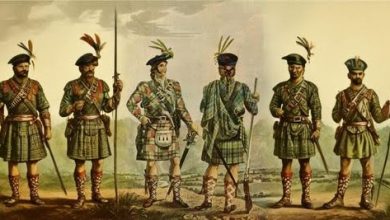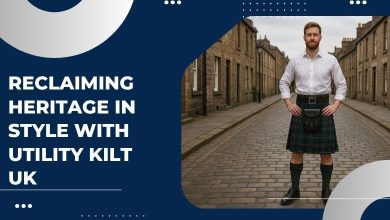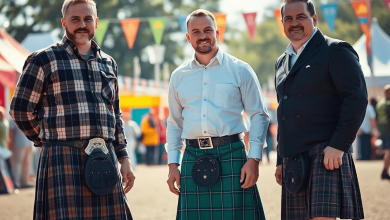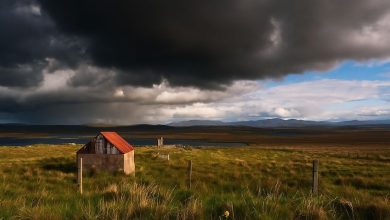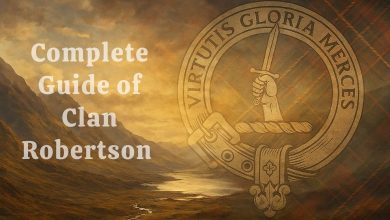Clan Donnachaidh and All You Must Know About This Ancient Clan
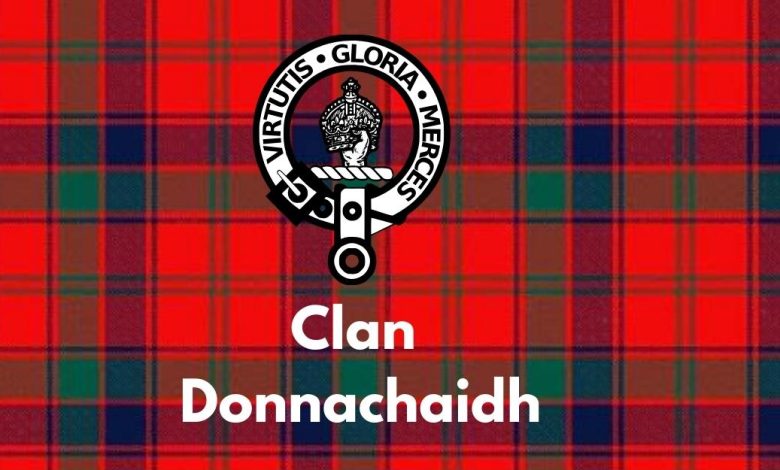
Clan Donnachaidh is one of the oldest clans, still capturing a significant area in Scotland and other parts of the world. Its recorded history takes historians back to the 14th century, during the reign of King Robert the Bruce. This article discusses all the information about Clan Donnachaidh, from its history to its current branches and the wars they fought. In short, this discussion will be a complete guide for people with historical interest and a desire to learn about Scotland’s ancient heritage.
History of The Clan
Clan Donnachaidh or Clan Robertson is an ancient clan that got its name because of King Duncan, who supported Robert the Bruce and stood by his side during the Battle of Bannockburn in 1314. Robert Riach was the first chief of this clan. He captured Sir Robert Graham, the murderer of King James I. As a result, King James II gave him the governance and control of the clan.
Highland Clearances in the 18th century left a big impact on the Scottish clans, including Clan Donnachaidh. In 1893, the first Clan Donnachaidh society was established, where a memorable dinner and clan gathering were organized. The clan spent a significant amount of money in 1967 to buy a site at Bruar, where they made a clan Museum. Today, the museum is the center of attention for millions of people every year.
Clan Donnachaidh Museum
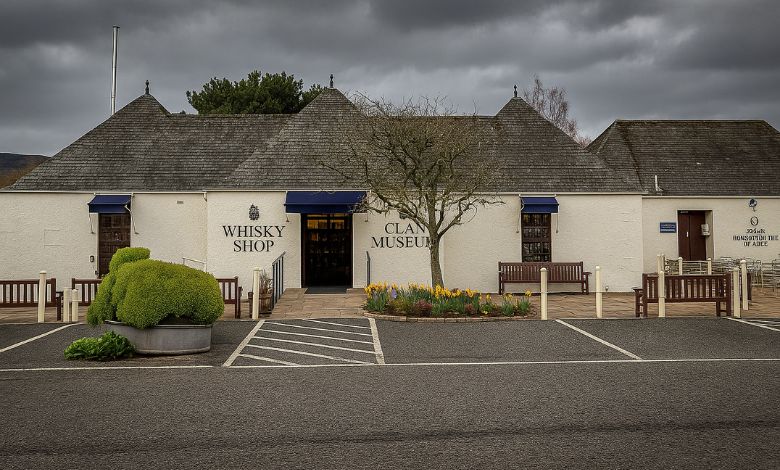
Museum specific to this clan, it was built in 1969. Though the museum area is not that big in size, the memories it captivates in its lap are almost 700 years older. Visiting this museum is a great way to experience the heritage of Clan Donnachaidh.
Discussing all the prehistoric items available in the museum might be time-consuming. However, some of them are Clach na Brataich, a protective charm stone discovered by the first chief. Similarly, the Bonnie Prince Charlie Brooch is a shoe buckle used in 1745. Some other things like ancient pistols, axes, dirk blades, and Yellow Lady Violin are there to grab viewers’ attention.
Current Branches of the Clan Donnachaidh
Once the clan was limited to a specific area, it expanded in different parts with time. Today, the current branches of the clan are scattered from New Zealand to Australia and South Africa. Here are some of the branches of Clan Donnachaidh in different parts of the world.
- Australia has 4 clan societies across 4 different states.
- There are 2 branches of Clan Donnachaidh in Canada.
- The United Kingdom is home to 2 different branches of the clan.
- Almost 15 branches of Donnachaidh can be visited in the USA, scattered in 41 states.
- South Africa, Spain, and New Zealand have 1 clan branch each.
Area and Castles of Clan
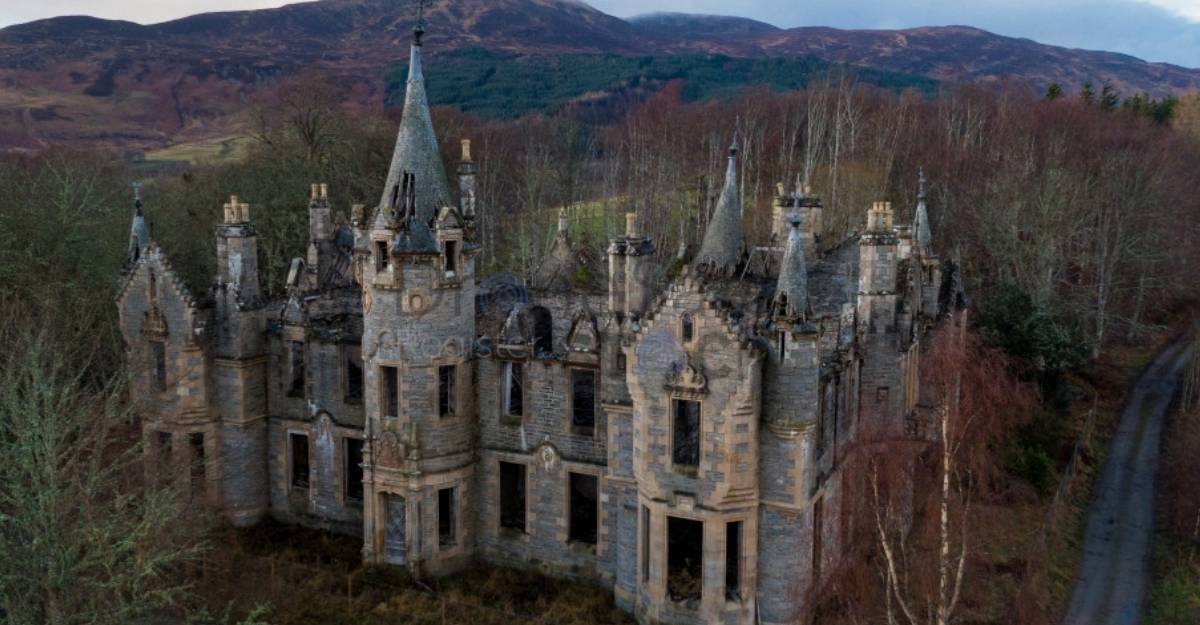
The Clan Donnachaidh’s lands go beyond Perthshire from Rannoch in the west to the Angus border in Scotland. It is a historical area with stunning views, ancient standing stones, and historical towns. The clan used to have different castles as well. Here are some significant castles:
Dunalastair Castle: The actual date of construction is a mystery. The first record of this castle available is that it was home to Alexander Robertson of Struan, 13th chief of the clan, born in 1670, and served as evidence for all three Jacobite rebellions.
Castle Menzies: This castle was also governed by Clan Donnachaidh after the Jacobite Rebellion. Now, it is taken back by the Clan Menzies, who were its actual owners.
Clan Donnachaidh Leaders in Different Eras
23 chiefs have ruled Clan Donnachaidh till now, and the current leader is Alexander Gilbert Haldane Robertson. He was born in 1938 and started governing the clan after his father died in 1983. Alasdair Gilbert Robertson, being the chief’s only son, will be the next leader of the clan. If we talk about the most popular leaders of this clan, they were:
- Duncan the Robertson, the first chief of the clan.
- Robert de Atholia
- William Robertson of Strowan
- Alexander Robertson of Strowan
- George Duncan Robertson of Strowan
- Alasdair Stewart Robertson
- Langton George Duncan Haldane
- Alexander Gilbert Haldane Robertson
Wars the Clan Fought
Most Scottish clans are known to be warriors, and their histories are full of wars between other clans and other nations, especially between English rulers. While talking about the famous wars or feuds that Clan Donnachaidh participated in are mentioned below:
- Battle of Bannockburn
- Battle of Tippermuir
- English Civil War
- Jacobite Rebellions
- Battle of Culloden
- Battle of Aberdeen
Symbols of Clan Donnachaidh
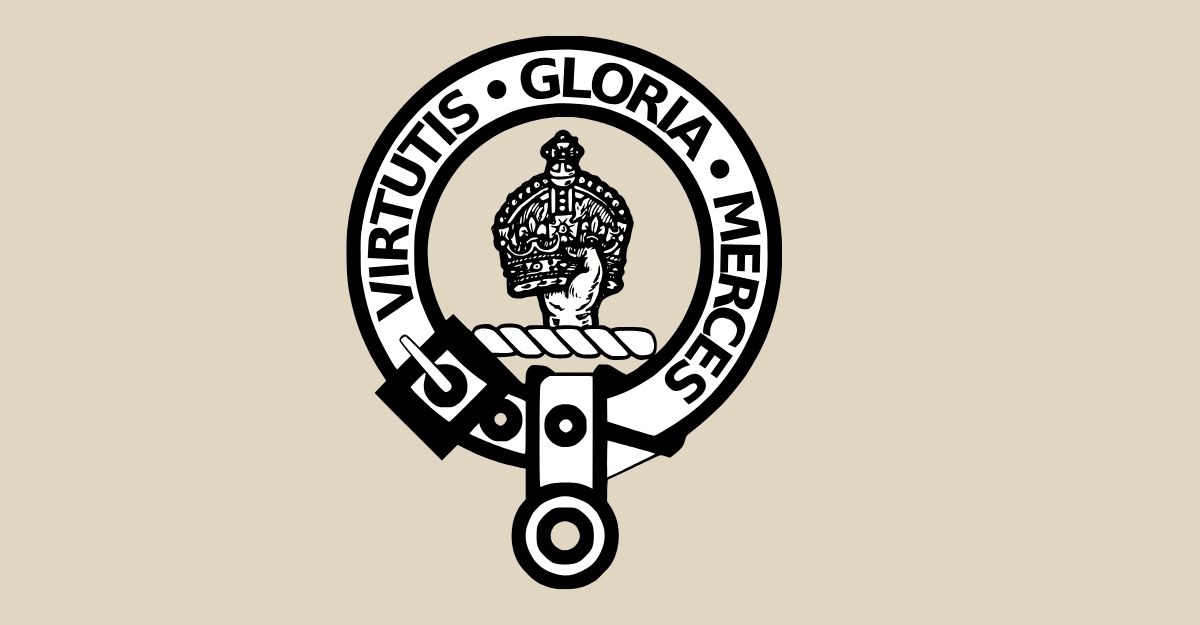
No problem wherever you live, or the tribe or clan you are part of, having an identity or a symbol is understood. Clan Donnachaidh is no exception in this scenario and has different symbols, including their traditional tartan, badge crest, etc. Have a look at the bit of their details below:
Badge Crest: The traditional badge crest is a hand holding the crown. The story behind this symbol is the narration of an already mentioned story about when the chief of the Clan caught the murderer of King James I.
Traditional Tartan: The clan is known to have different tartans, the most common of which are Red Robertson, Kindace, and Duncan. Red and green are the primary colors in their patterns. The clan members are usually seen in their traditional tartan kilts at different events.
Conclusion
Clan Donnachaidh is an ancient Scottish tribe with records in the initial days of the 14th century. Those who want to experience the clan’s excellent history should consider visiting the Clan Donnachaidh Museum once. Many ancient and sensational things are kept there. The extension of this clan has transcended their land’s boundaries, and clan members are seen in different countries from South Africa to New Zealand. Like every other clan, it has symbols like badge crest and clan tartan.
